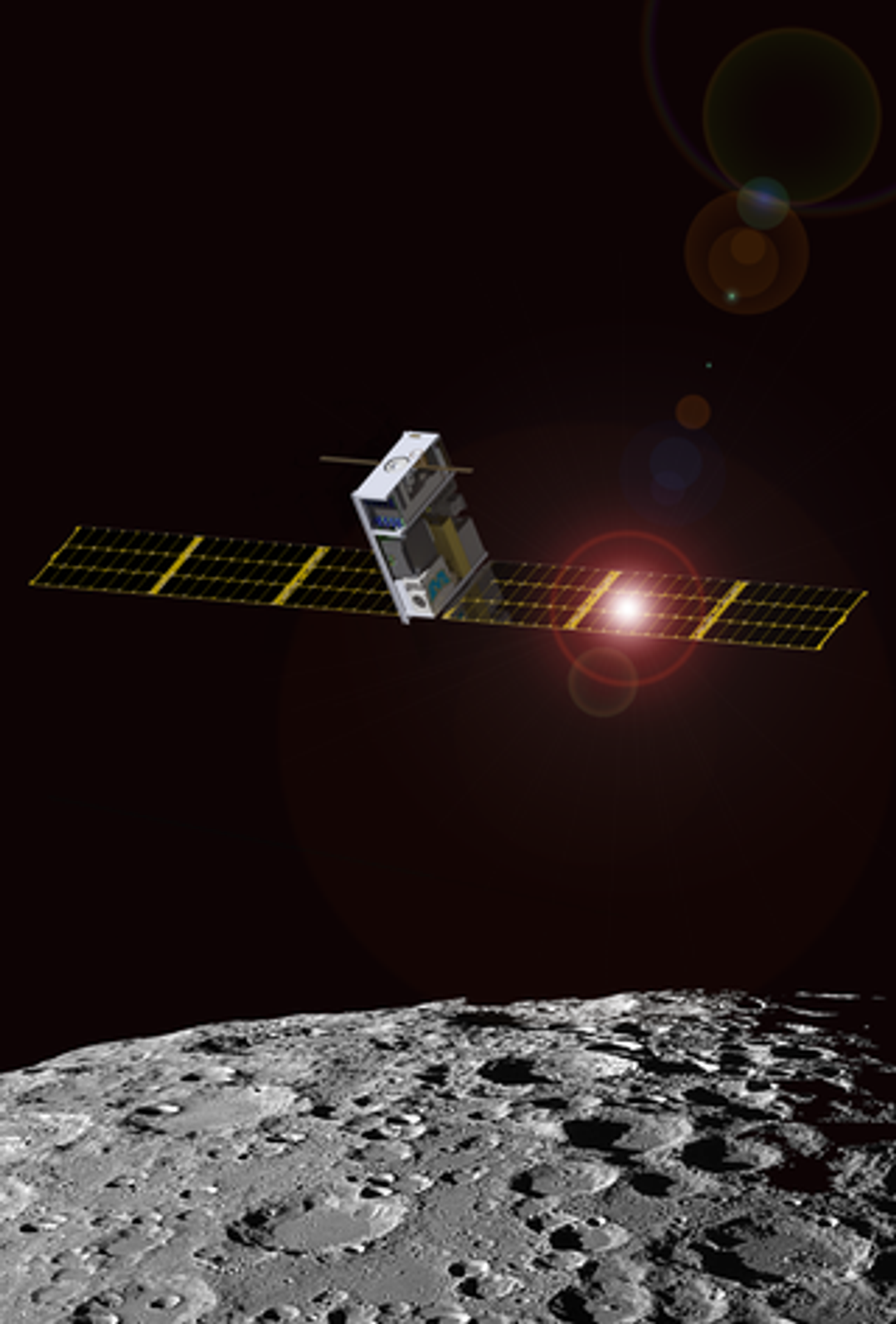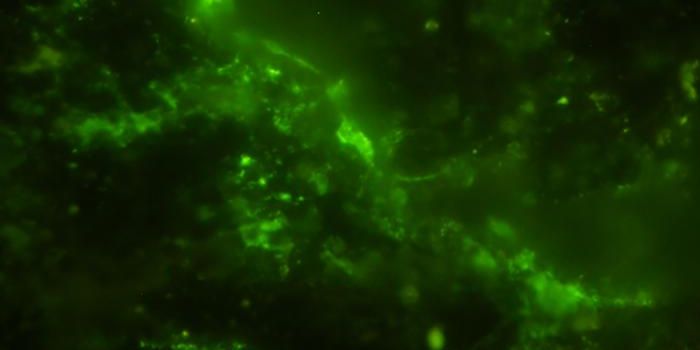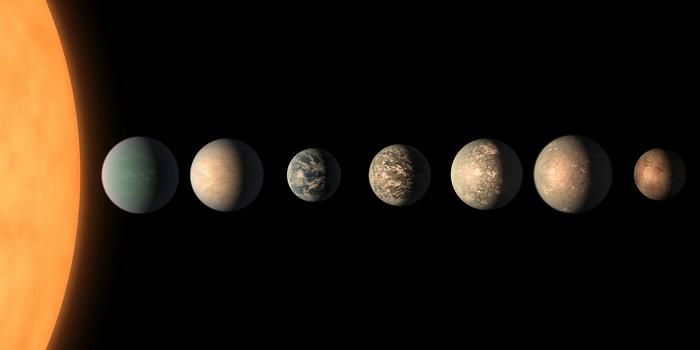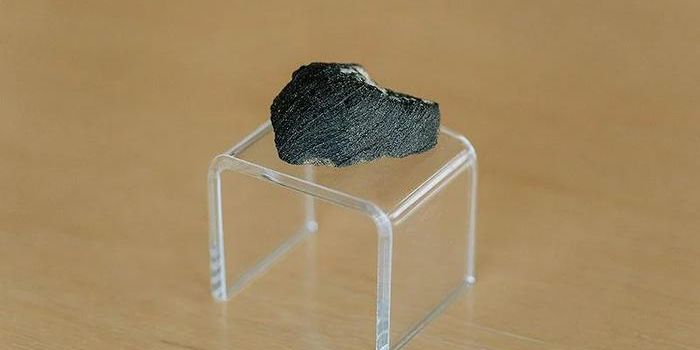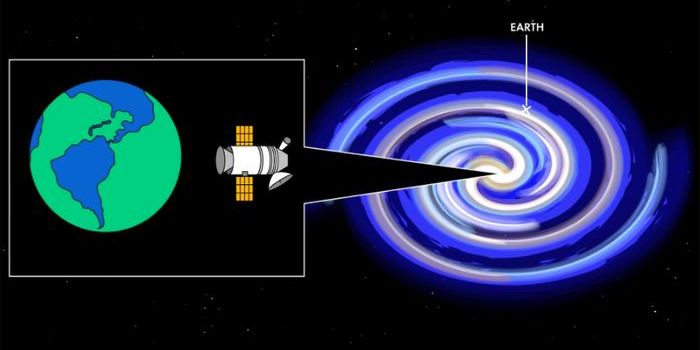Lunar IceCube Will Hitch a Ride on Artemis 1
NASA’s Lunar IceCube is one of several CubeSats hitching a ride to the Moon on Artemis 1. CubeSats are efficient and cost effective; they are not much bigger than a shoebox and are relatively lightweight (Lunar IceCube weighs only 31 pounds). The uncrewed Artemis 1 Mission is planned to launch later this month on August 29, 2022. Small satellites integrated into this launch and future Artemis missions will help to increase our knowledge of living and working on the Moon before humans arrive. You can learn more about the various payload here.
NASA’s Lunar IceCube will be in orbit 100 kilometers (approximately 62 miles) above the Moon’s surface. The planned mission is scheduled to last 6 months. The satellite will be equipped with one instrument: the Broadband Compact High-resolution Explorer Spectrometer (BIRCHES).
Previous missions to the Moon revealed that water ice existed on the Moon’s surface. Lunar IceCube will help to further our knowledge of water on the Moon.
The primary science goals of the mission are to study the distribution of water and organic volatiles – or chemical compounds that become gaseous at low temperatures – on the Moon from lunar orbit. The satellite will collect data on any phase of water (gaseous, liquid, and solid form) as a function of the time of day, as well as latitudinal and longitudinal location. In other words, the data will be used to map the changes in ice dynamics as they occur. This will help scientists to understand the absorption and release of water from the regolith – the Moon’s rocky and dusty surface. Data on the exosphere – the very thin atmosphere-like volume surrounding the Moon – will also be collected.
By understanding the dynamics of water (and other key substances on the Moon), scientists may be able to predict seasonal changes for lunar ice. All of this information will be important for the use of lunar ice as a resource in the future, and for future colonization of the Moon.
Source: nasa.gov, NASA Space Science Data Coordinated Archive
